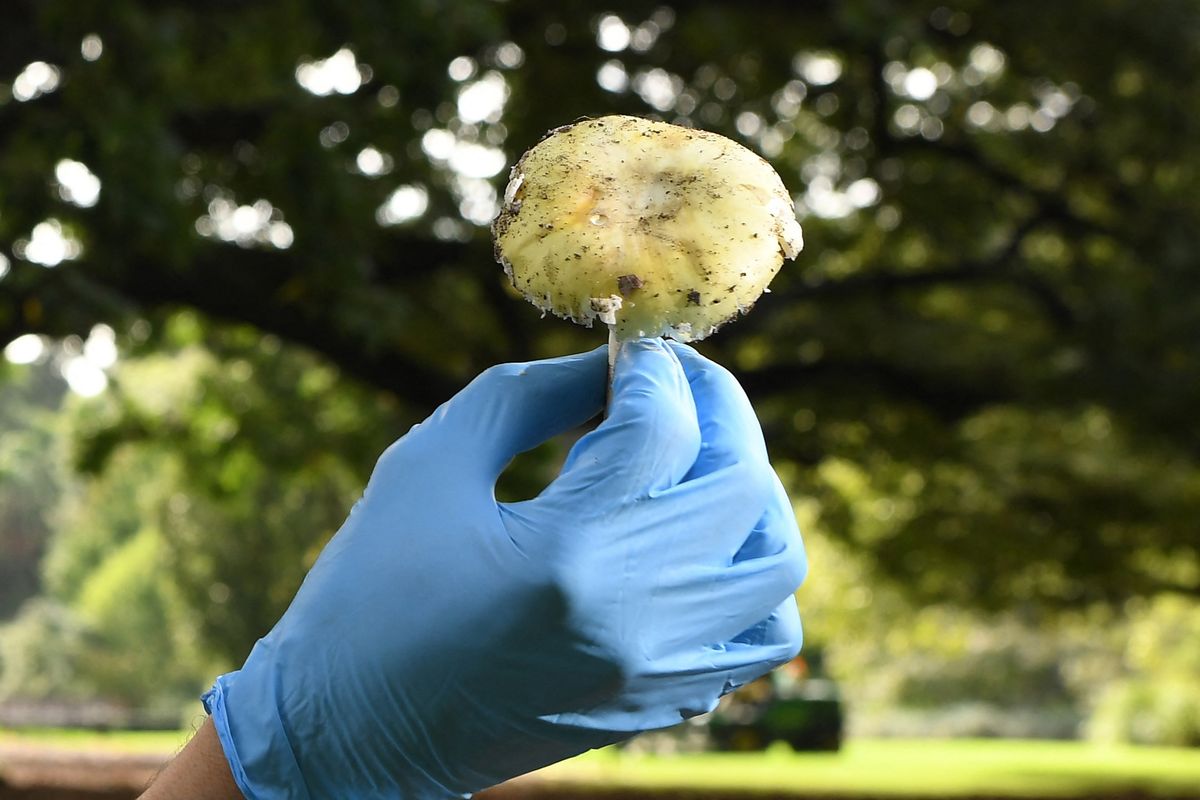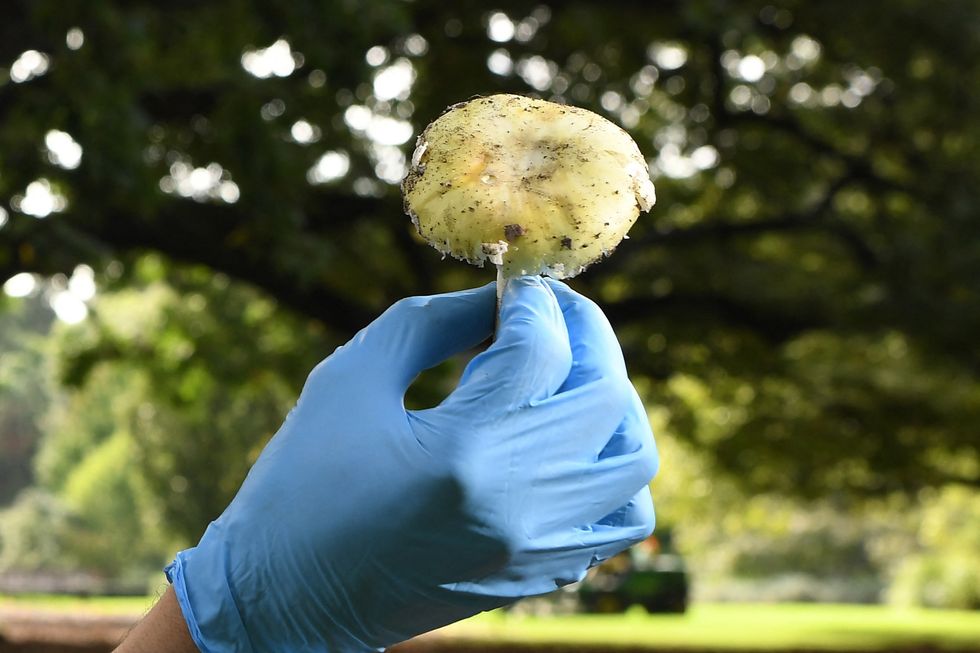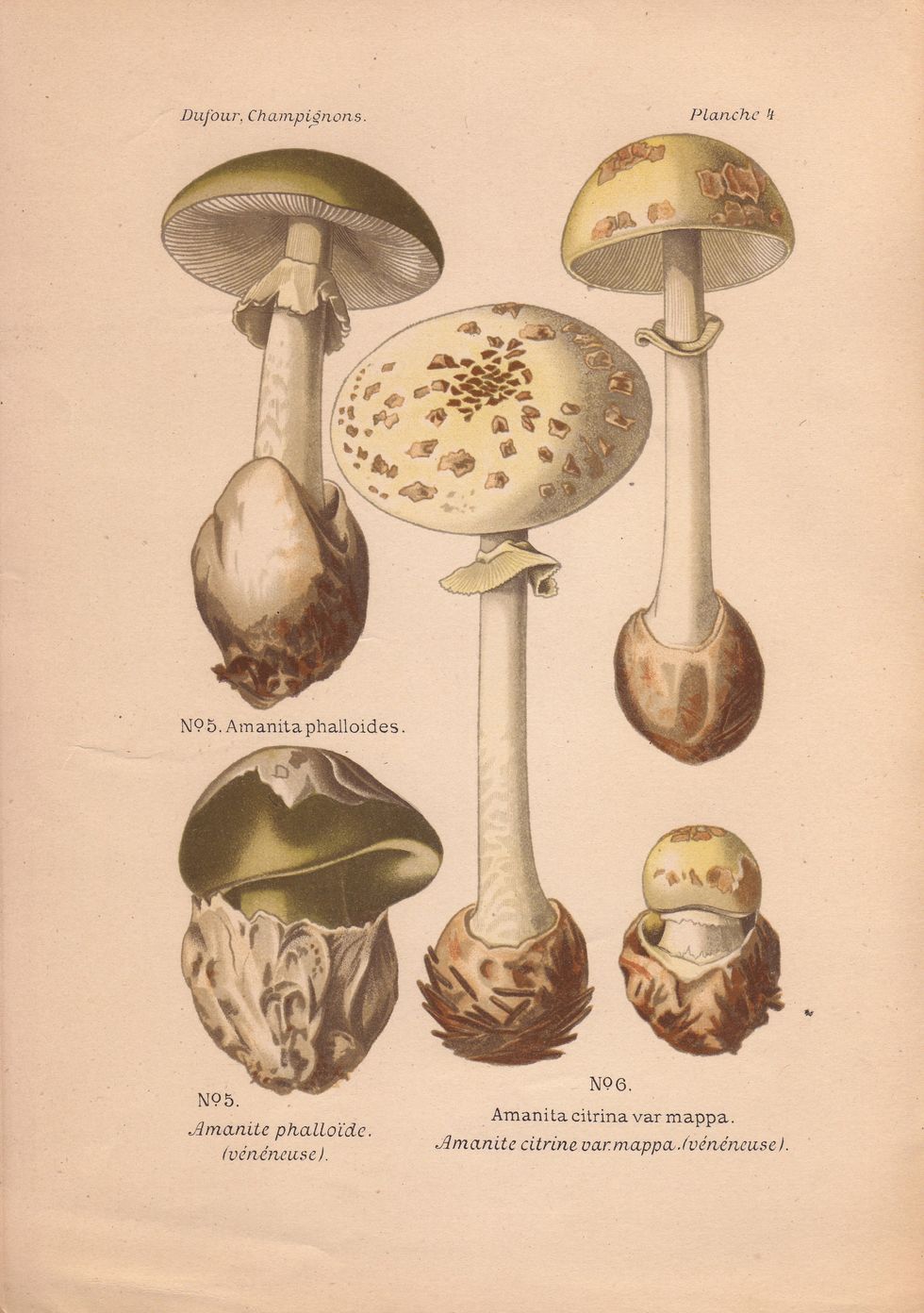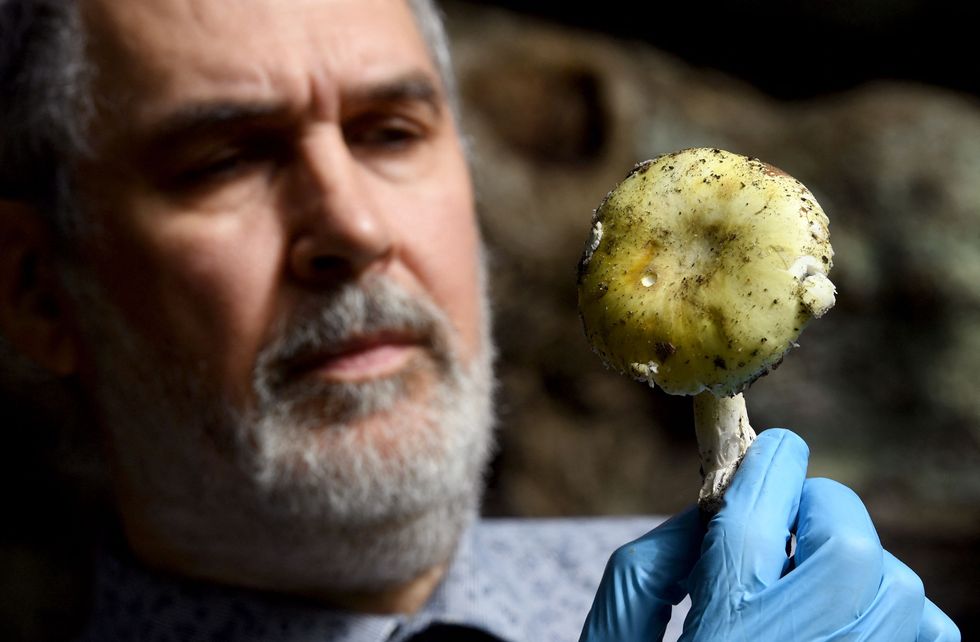
Three California residents suffered severe organ failure after consuming deadly 'death cap' mushrooms they claimed to have purchased from a produce van in Salinas on New Year's Day.
The trio, described as young and healthy, ate amanita phalloides, commonly known as 'death cap' mushrooms, which closely resemble edible varieties like button and cremini mushrooms.
The poisoning incident occurred in the farming community of central California, with symptoms not appearing until the following day.
Just 30 grams of the toxic mushroom can prove fatal to humans.
The victims initially experienced severe nausea, vomiting and diarrhoea, leading to profound dehydration and early signs of kidney injury.
Dr Erica Locke, from Salinas Valley Health Emergency Department, explained: "After about 24 hours of nausea, vomiting, and that cholera-like diarrhoea, people start to feel a little bit better, what's called the senescent period."

This brief recovery period proved deceptive, as symptoms later returned with greater severity.
When the patients finally sought hospital treatment, tests revealed their livers were already showing signs of damage.
"Had they come in during the first 24 hours, we would have hopefully been able to avoid some of the liver toxicity," Dr Locke said.
Two of the affected individuals remain under medical care, while the third person, who consumed a smaller portion of the mushrooms, has already recovered.
The patients have been transferred to a specialised liver health and transplantation unit at Stanford Medicine for treatment.
US LATEST:- Donald Trump Jr to visit Greenland after President-elect suggests US takeover a 'necessity'
- JetBlue plane horror as two people found dead in aircraft compartment after landing
- First bird flu death reported in US after victim hospitalised with severe respiratory symptoms

Dr Locke emphasised that hydration support is crucial for recovery, stating: "If we can hydrate them through this and then do some of the things that we know block the toxin from recirculating in the body, we can prevent the liver damage."
Doctors remain optimistic about the recovery prospects for the two patients still receiving treatment.
The Salinas Police Department reported receiving conflicting accounts from the victims about the source of the mushrooms.
While the patients initially claimed to have bought the fungi from a produce van outside a grocery store, they also mentioned collecting mushrooms during a hike to Fremont's Peak.
Police investigations found no evidence of the reported produce truck in the area.

Authorities have confirmed there have been no additional cases of mushroom poisoning in Salinas and concluded there is no ongoing threat to public safety.
Despite concerns that others might have purchased mushrooms from the same source, no further incidents have been reported.
Death cap mushrooms are responsible for approximately 90 per cent of all mushroom-related fatalities worldwide.
These deadly fungi can grow up to six inches tall, featuring a domed cap with yellow-green or brownish colouring and an off-white stem.
Originally native to Europe, death caps arrived in North America in the 1930s on imported tree roots and have since spread across several US states, including California, Idaho, and Texas.
The mushrooms are particularly dangerous as they have no distinctive smell and can be easily mistaken for edible varieties.
The mortality rate from consuming even a small amount ranges from 25 to 50 per cent.
Scientists strongly advise against amateur mushroom foraging due to the risks of misidentification.
from GB News https://ift.tt/bSuZ0oK

Three California residents suffered severe organ failure after consuming deadly 'death cap' mushrooms they claimed to have purchased from a produce van in Salinas on New Year's Day.
The trio, described as young and healthy, ate amanita phalloides, commonly known as 'death cap' mushrooms, which closely resemble edible varieties like button and cremini mushrooms.
The poisoning incident occurred in the farming community of central California, with symptoms not appearing until the following day.
Just 30 grams of the toxic mushroom can prove fatal to humans.
The victims initially experienced severe nausea, vomiting and diarrhoea, leading to profound dehydration and early signs of kidney injury.
Dr Erica Locke, from Salinas Valley Health Emergency Department, explained: "After about 24 hours of nausea, vomiting, and that cholera-like diarrhoea, people start to feel a little bit better, what's called the senescent period."

This brief recovery period proved deceptive, as symptoms later returned with greater severity.
When the patients finally sought hospital treatment, tests revealed their livers were already showing signs of damage.
"Had they come in during the first 24 hours, we would have hopefully been able to avoid some of the liver toxicity," Dr Locke said.
Two of the affected individuals remain under medical care, while the third person, who consumed a smaller portion of the mushrooms, has already recovered.
The patients have been transferred to a specialised liver health and transplantation unit at Stanford Medicine for treatment.
US LATEST:- Donald Trump Jr to visit Greenland after President-elect suggests US takeover a 'necessity'
- JetBlue plane horror as two people found dead in aircraft compartment after landing
- First bird flu death reported in US after victim hospitalised with severe respiratory symptoms

Dr Locke emphasised that hydration support is crucial for recovery, stating: "If we can hydrate them through this and then do some of the things that we know block the toxin from recirculating in the body, we can prevent the liver damage."
Doctors remain optimistic about the recovery prospects for the two patients still receiving treatment.
The Salinas Police Department reported receiving conflicting accounts from the victims about the source of the mushrooms.
While the patients initially claimed to have bought the fungi from a produce van outside a grocery store, they also mentioned collecting mushrooms during a hike to Fremont's Peak.
Police investigations found no evidence of the reported produce truck in the area.

Authorities have confirmed there have been no additional cases of mushroom poisoning in Salinas and concluded there is no ongoing threat to public safety.
Despite concerns that others might have purchased mushrooms from the same source, no further incidents have been reported.
Death cap mushrooms are responsible for approximately 90 per cent of all mushroom-related fatalities worldwide.
These deadly fungi can grow up to six inches tall, featuring a domed cap with yellow-green or brownish colouring and an off-white stem.
Originally native to Europe, death caps arrived in North America in the 1930s on imported tree roots and have since spread across several US states, including California, Idaho, and Texas.
The mushrooms are particularly dangerous as they have no distinctive smell and can be easily mistaken for edible varieties.
The mortality rate from consuming even a small amount ranges from 25 to 50 per cent.
Scientists strongly advise against amateur mushroom foraging due to the risks of misidentification.




0 Comments
Don't share any link